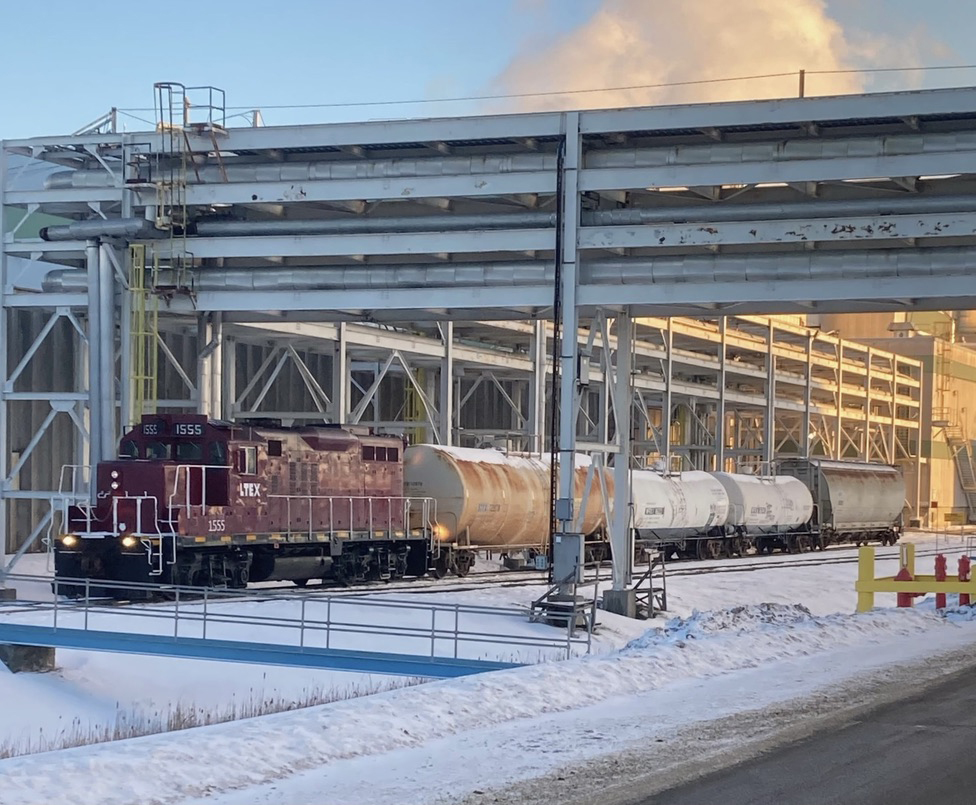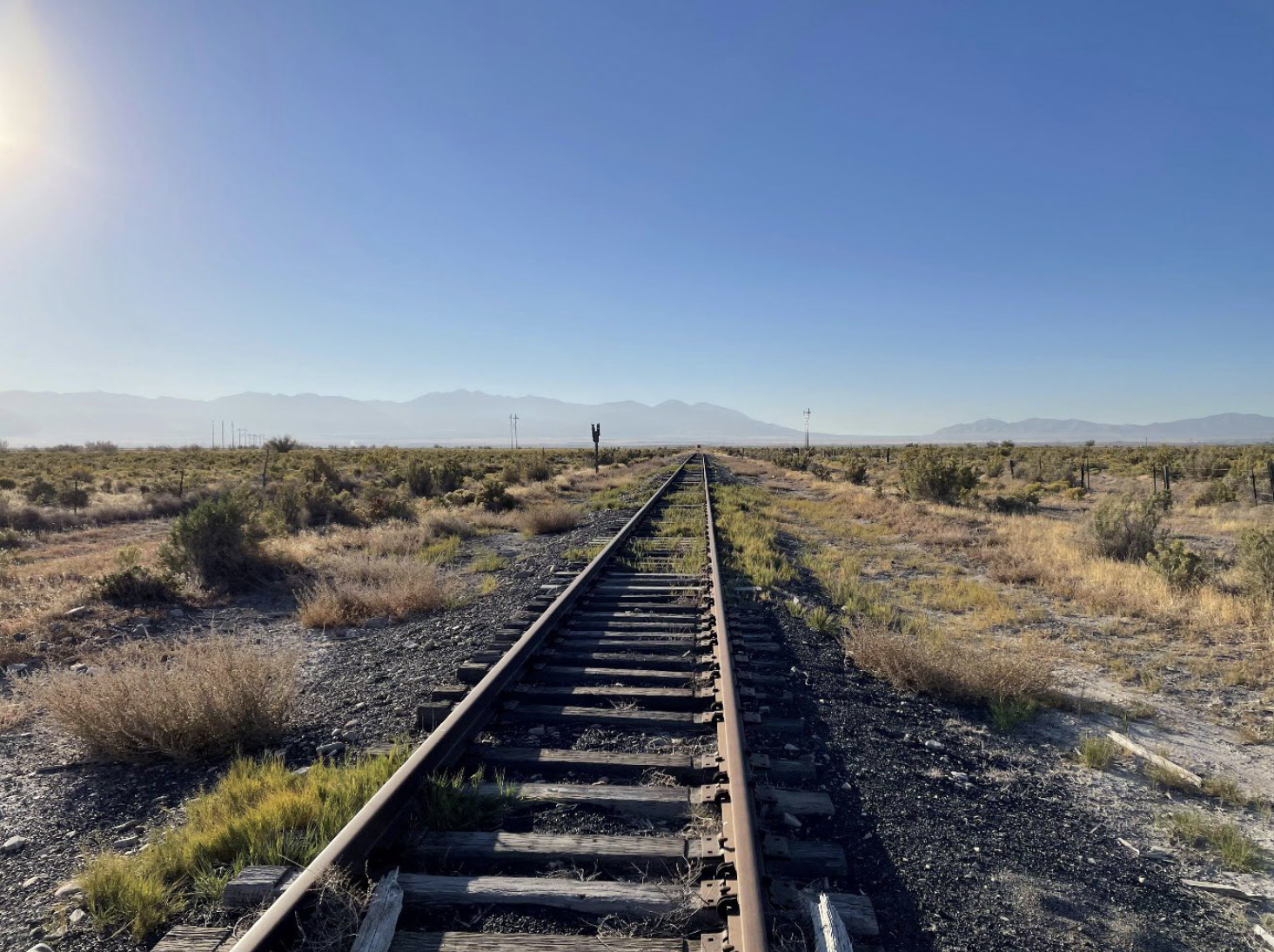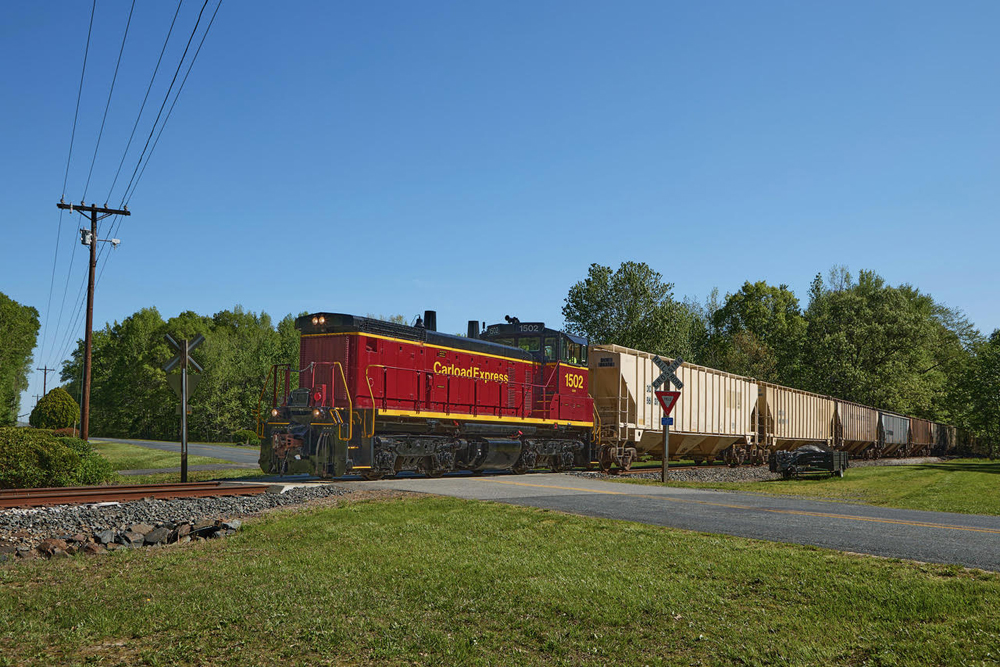WASHINGTON — Ongoing service problems related to crew shortages on the U.S. Class I railroads are entirely self-inflicted due to the implementation of Precision Scheduled Railroading, the SMART Transportation Division labor union has told federal regulators.
“The freight rail network is at a breaking point,” union President Jeremy Ferguson wrote in an April 1 letter to the Surface Transportation Board. “It cannot sustain any more reductions. Substantial changes must be made, and they must be made quickly. We believe intervention from the STB is critically warranted and necessary to right this ship.”

The union, which represents 40,000 railroad operating craft workers, says cutbacks related to PSR have left railroads without enough crews or locomotives to meet freight demand. “Every one of these men and women have been adversely impacted by PSR, and each of them have their own story to tell as to why the railroads are failing to fulfill their end of the bargain regarding service,” Ferguson wrote.
The union’s letter amplified concerns that grain shippers raised in a March 24 letter to the board regarding service problems on BNSF Railway, Norfolk Southern, and Union Pacific.
All Class I railroads furloughed train crews as traffic declined steeply at the onset of the pandemic in 2020. As traffic rebounded, more crew members than normal chose not to return. And a tight job market has made it difficult for railroads to hire new conductors in many areas.
The railroads say they are hiring more crews and are working to improve service as quickly as possible. BNSF has not adopted Precision Scheduled Railroading and its employment reductions have not been nearly as deep as the other railroads’ since CSX Transportation began implementing PSR in 2017. But it, too, has found itself short of crews.
“The railroads cannot sustain the same level of production they had prior to the advent of PSR given the number of drastic cuts they have made across their systems. To that point, approximately 33% of America’s railroad workforce was laid off with the initial implementation of PSR, with thousands of locomotives placed into storage,” Ferguson wrote. “This has resulted in a fundamental problem — there are not enough employees, nor locomotives available to operate the necessary number of trains required to provide a level of service that equals the current level of demand.”
The union also says that the three railroads’ attendance policies — which require train crews to work 29 out of 30 days per month — are exacerbating the crew shortages. “Not only has morale dropped to an all-time low, but employees are also leaving the industry in unprecedented numbers,” Ferguson wrote.
Operational changes designed to save fuel and move tonnage on fewer but longer trains won’t improve service, the union claims.
“Crews are restricted from being able to operate their trains at the maximum authorized speed, as they are directed to limit the locomotive’s throttle position, acceleration, and overall train speed to no more than forty (40) mph,” Ferguson wrote. “This not only impedes system fluidity, but it greatly hamstrings a railroad’s ability to service customers.”
BNSF defended its new crew attendance policy.
“BNSF’s new system will provide more predictability for our train crews while also providing more reliable crew availability, which is essential to meeting our customers’ expectations and the demands posed by an increasingly competitive global supply chain. Our program is designed to provide ample time for obligations outside of work, including planned vacations, personal leave days and unplanned absences while ensuring that we have sufficient employees available to work,” the railroad said in a statement. “Based on initial feedback, BNSF has already modified the program. We look forward to continuing to work with our employees to gather input and refine the program if needed. BNSF team members drive our success and we couldn’t deliver the nation’s goods without them. We understand that change can be an adjustment, but we believe we can adapt together to meet today’s competitive freight environment.”
UP says it’s addressing its labor issues.
“We are committed to supporting our customers and moving forward together amid the ongoing supply chain and labor challenges, which we are actively working to address,” the railroad said in a statement.
NS declined to comment.
— Updated at 2 p.m. CDT with comments from BNSF and UP, NS declining to comment.














I had a career in T&E service, but retired, before PTC and DPU and Trip Optimizer so I only have anecdotal evidence to add regarding train speeds. I actually don’t know much about TO but have heard on the radio dispatchers asking crews if they’re making track speed and more often than not, the crews report that TO is not running the train at track speed, and sometimes these trains are “hot” intermodals. Sometimes the engineers, who I assume fully know and understand how TO works, sound confused when their trains are 15-20mph below track speed.
Back in my day, before all the automation like TO, almost all trains, which were not intermodal or vehicle (autorack) trains, were limited to 45mph above throttle setting 2. Intermodal/vehicle trains run 60, tho they were many times not assigned enough horsepower to maintain that. The whole 45mph above notch 2 thing, sounds weird, but it was essentially fuel conservation which kicked in when you reached 46mph, throttle had to be reduced to notch 2, or less…naturally, unless you’re going downhill, the train slows. In undulating terrain, uphill speed is going to be largely based on your downhill speed, so if one were free to use notch 8 going downhill up to the maximum track speed, then you’ll not slow so much going up the next hill.
Until BNSF rolled out that new crew policy I thought they ran a better company than the others. Sticking stuff like that down employees throats has made me change my mind. I would not be surprised if that new policy doesn’t become strike fodder in the future..
Not one railroad can make the case they did not lay off to many crews and brought the problems all over themselves. Who can blame x-employees not returning due to job insecurity.
This isn’t the real problem. It’s the Hi-viz policy.
We start out with 30 points that’s for the lifetime of our career. Not monthly not weekly.
Goes like this.
Monday thru Thursday is (-2) pts lost for laying off in unassigned service. I e. Extra board and pool jobs.
Friday and Saturday are (-4)
Sunday (-3)
Hi impact days (-7) those are holidays and any busy time of the year a railroad so chooses as important.
penalty for marking off in conjunction with two consecutive days off (-2) for unassigned service and (-3) for assigned.
Assigned is a regular scheduled job.
This included protecting against vacations (most start on Monday morning. So taking Sunday off would be (-3)+(-2) for (-5) points
That brings total down to 25 from 30.
Then to get a “credit “ a crew member has to stay marked up or available for work for 14 consecutive days of work to ear back 2 points. So if you recieve (-5) that forces a crew member to be available for 28 days in a row with out a day off in unassigned service.
Assigned service is worse in the penalties.
If you are sick. And lay off it’s (-2) for unassigned and (-7) for assigned. They don’t care if you are sick or even in the hospital. It’s penalty points and investigation time and grounds for termination. Even if you show up for work sick, and they determine you are unfit to perform service, you still get penalized. Local management has no leaway. It all comes from either Fort Worth, Jacksonville, Atlanta or Omaha corporate offices. Upper mgmt. has implemented their dictatorship and draconian practice upon the rank and and file to increase their profits. And hide behind the ruse of Safety and family propaganda that that is put out to the rank and file.
Which is all a lie.
We work 365 24/7. No weekends or holidays in unassigned service.
And the unions are strangled by the judges that are blinded by the lobbyists lining their pockets to back the class 1 railroads.
All that for an employee who isn’t even empowered to make a simple decision over conditions on the road.
Corporate culture and greed is widespread across the land. Many industries are affected in various ways. I think it will take a massive failure before it goes away.
This is precisely what happens when you try to run a transportation business by computer instead of experienced employees using sound judgement. A pox on all their houses.
Since the Biden/ Buttgieg administration can’t run Amtrak, they shouldn’t interfere into the freight railroads which can’t run themselves.
Jerry, 100% no…..csx is at its worst since i started nearly 20 years ago
This article is spot on. Not surprised Norfolk Southern declined to comment. They are falling apart. Derailed cars all over the place. Bellevue looks like a war zone. The Highland Cut straight lined a train and scattered cars. Trains are HUGE. It is starting to get really dangerous. Now they are doubling up ethanol and oil trains into 14,000 foot monstrosities. Just a matter of time before one goes on the ground. I’m looking at you Cleveland…
CSX is still broken. In reference to furloughs..the part that is left out is HOW MANY TIMES THEY WERE FURLOUGHED WITHIN MONTHS AND OR WEEKS OF EACH OTHER, was not just 1 furlough. Another question not asked is..HOW MANY BUSINESSES HAD TO LOOK FOR OTHER MEANS FOR TRANSPORTING THEIR GOODS, HOW MANY COMPANIES HAD TO SHUT DOWN DUE TO PSR REQUIREMENTS THEY COULDN’T COMPLY WITH? Running longer and doubling up trains keep the crews cut short…Whole bunch more issues that PSR created. CSX leadership mostly are former CN employees. FRA is too weak iand too slow n actions.
All spot on and true comments; Jim Shoemaker the end of your paragraph happens way too often. I am retired now when I was out conducting you have no idea the amount of time wasted while we waited for the outcome of the dreaded conference call. Was what our train crew had worked out to solve the problem pertinent? Hell no, the decision had to come from some no nothing manager 100s if not 1000s of miles away to look like they are doing their job. “Train crew, what do they know, they are on the scene itself, what possible help could they be”? PSR should stand for “Poor Shoddy Railroading”.
EH Harrison is dead and buried, perhaps it is time for PSR to join him in his grave.
Agreed
Time to stop being beholden to Wall Street. Cutting corners to enrich shareholders and running employees, along with customers, ragged is a recipe for disaster. My last two places did that formula and both eventually closed, selling assets for pennies on the dollar.
Wasn’t it very recently reported that NS just did a $10 billion share buyback?
A company with publicly held stock is by definition beholden to stockholders. Its first obligation is to maximize shareholder value.
NS has a formula of HP per ton needed over the trains route. They absolutely refuse to let an engineer put more power on line. I even heard a local RFE on the railroad pleading with Atlanta to allow a train to use more power. And he was told no. So you have these massive trains crawling along with three or four motors and only one on line. The last discussion I heard was the train was 100 tons under the formula requiring another motor on line so the engineer was told no. That is basically one loaded car. The formula is based on a computer making determinations with everything being perfect. It doesn’t work and the crews personal experience and knowledge is worth nothing.
CSX wasn’t mentioned; have they resolved their PSR problems?
Similar tactics used in airlines. To get the wanted fuel savings, they are slowing the planes average airspeed. So far, not many leisure travelers are noticing, but business travelers are. Critical customers in rail have already felt the brunt of these changes by not getting their product to market in time.
I get the need to save money, keep prices down, etc. But when the pendulum swings too far in one direction, there are unwanted consequences and we are right in the middle of one right now.
I can’t speak for the RRs slowing down their trains but the claim that the airlines are slowing down their planes is not true. Planes get their best efficiency pretty close to their maximum speed. About Mach .80 is a typical cruise speed while most planes can not reach Mach .90 even at full throttle.
correct: Mach .80 is a speed many Aircraft work. Long range cruise (LRC) is usually around .78 but if a model aircraft is very heavy at start of a long flight the LRC may be as high as .825. The only airplanes that LRC was higher were the Convair – 880s and CV-990s. LRC was around 0.88. A fuel hog long gone.
However, a real problem for airplanes is same as RRs. Airspace tracks = track space. N_S & E-W air routes can have a string of Aircraft lined up with all planes running same speed. If one plane cannot maintain that speed, then that AC may be put into the longer distance siding in the sky.
I had previously heard references to an attendance policy, but was not aware that it required workers to be on the job 29 of 30 days. Not only is that feudal in concept, but there is no way that any employee with only one day off per month can maintain his or her level of alertness or skill.
100% correct!!